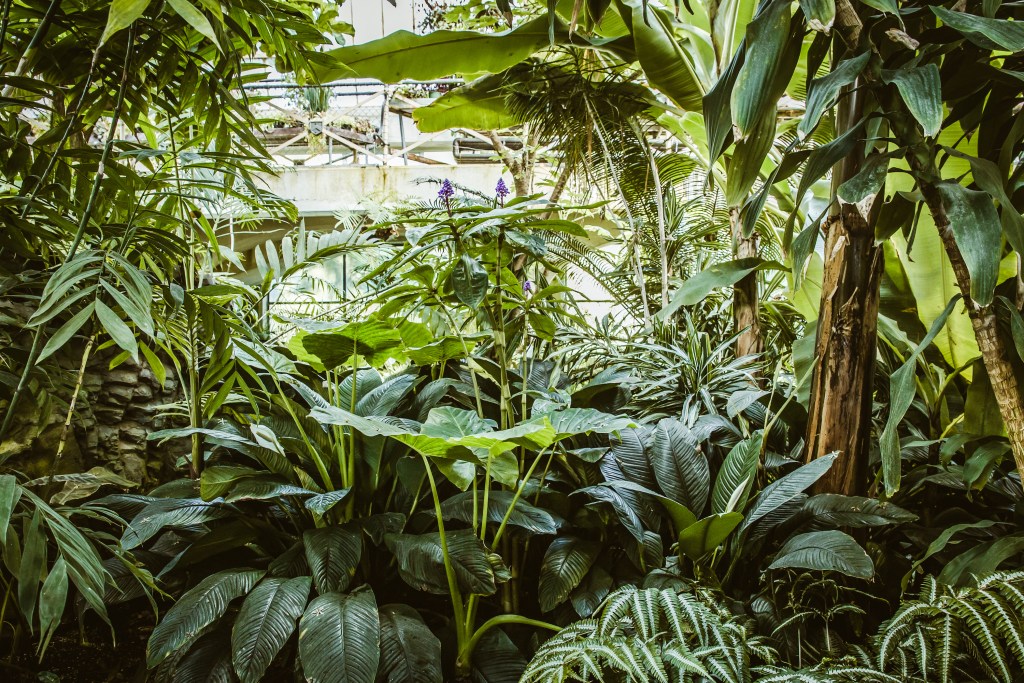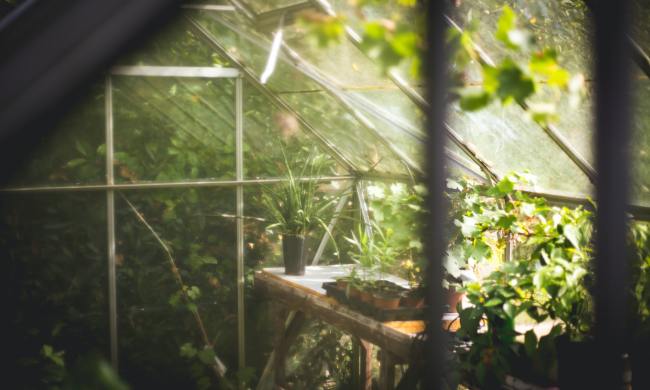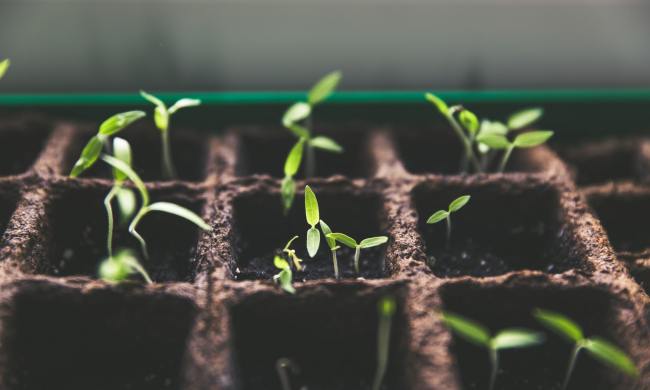Many plants can be fickle and grow only under certain conditions. To thrive during seasons that they don’t typically grow, you need a controlled environment. Greenhouses are the perfect way to create year-round growing conditions for flowers, vegetables, fruits, and ornamental plants. Having one in your house isn’t always easy, but it can be done.
There are indoor greenhouse kits that can fit practically everyone’s homes and lifestyles in today’s age of plenty. If you’re ready to learn more about five of the best indoor greenhouses you can purchase for less than a hundred dollars, let’s begin.

Pure Garden 3-Tier Greenhouse
With this greenhouse, you can take care of all your little seedlings and hard to care for plants with no problem. Made of solid steel tubing, the Pure Garden 3-Tier Greenhouse can easily withstand heavy potted plants’ weight. As its name implies, it has three shelving tiers that give you more than enough space to grow just about whatever you want.
Heat is trapped inside by the greenhouse’s PVC cover. Of course, it’s that heat that allows you to grow summer plants in the middle of winter. There’s a door in the cover, which opens and closes with a zipper. In addition, the entry includes straps so you can tie it out of the way when you want unobstructed access to your plants.
Best Choice Products 40 inch Wide 4-Tier Mini Greenhouse
Many consider this 40 inch Wide 4-Tier Mini Greenhouse to be the perfect grow space due to its PE cover, which helps prevent sunburn and frost. (Of course, you don’t have to worry about either if you’re using this within the confines of your home.) Still, you’ll find that you’re able to control the temperature and moisture levels within whether you actually place the greenhouse inside your home or not.
Made of flexible material, the cover has four separate zippers that allow you to manage airflow easily. Moreover, like the greenhouse previously mentioned, it too has straps that allow you to tie portions of the cover aside. You’ll have access to your plants from any side of the greenhouse you wish!
You can put the steel frame together with PVC connectors, and there are a set of 16 shelf clips, which help to keep the greenhouse’s shelves in place.
Ohuhu Mini Greenhouse
Now, this mini greenhouse is built rugged. It’s designed to withstand a bit rougher treatment than those we’ve talked about so far. So, if you’re looking for something you can put right outside your backdoor, on your porch, urban patio, or deck, then this is a great option for you. Regardless of where you put it, it’s great for protecting your plants from the wind, rain, and snow.
This greenhouse has four shelves where you can place the plants you want to grow, your gardening tools, and other necessary supplies. Due to its size, this mini greenhouse is also better for seedlings and smaller plants.
KOKSRY Greenhouse
Now, the KOKSRY Greenhouse is a portable one. That means it was purposely designed so that you can conveniently move it from one place to another without a hassle. This is also the choice for you if one of your primary concerns is sustainability through the use of environmentally friendly materials. Both the greenhouse’s non-woven cover and PE cloth are eco-friendly and allow the structure to adapt to various weather conditions.
One other important benefit: you don’t need any additional tools to construct it after purchase.
SunBlaster SL1611206 Grow Home Seedling Propagation Beginner Kit
This is a pretty cool product if we do say so ourselves. The SunBlaster SL1611206 allows the home gardener to grow all kinds of seedlings without ever stepping outside. It combines light and heat from the bottom to provide you with first-rate seed germination. Not just that, but the SunBlaster spreads light across the entire plant canopy through the use of a state-of-the-art NanoTech reflector.
Unlike the other greenhouses on this list, this one also includes a heat mat designed to keep your plants warm throughout the year. Due to higher technology levels used in making the SunBlaster, this greenhouse is the most expensive, yet only costs $84.99.
You can buy this well-designed greenhouse here.
Whether you’re new or experienced, purchasing a mini indoor greenhouse is a great investment, especially if you reside in a suburban or urban environment. Even if you live out in the country, you may not want to invest in a large greenhouse that takes up valuable real estate. After all, indoor greenhouses are super easy to set up, and maintaining them is a breeze!



